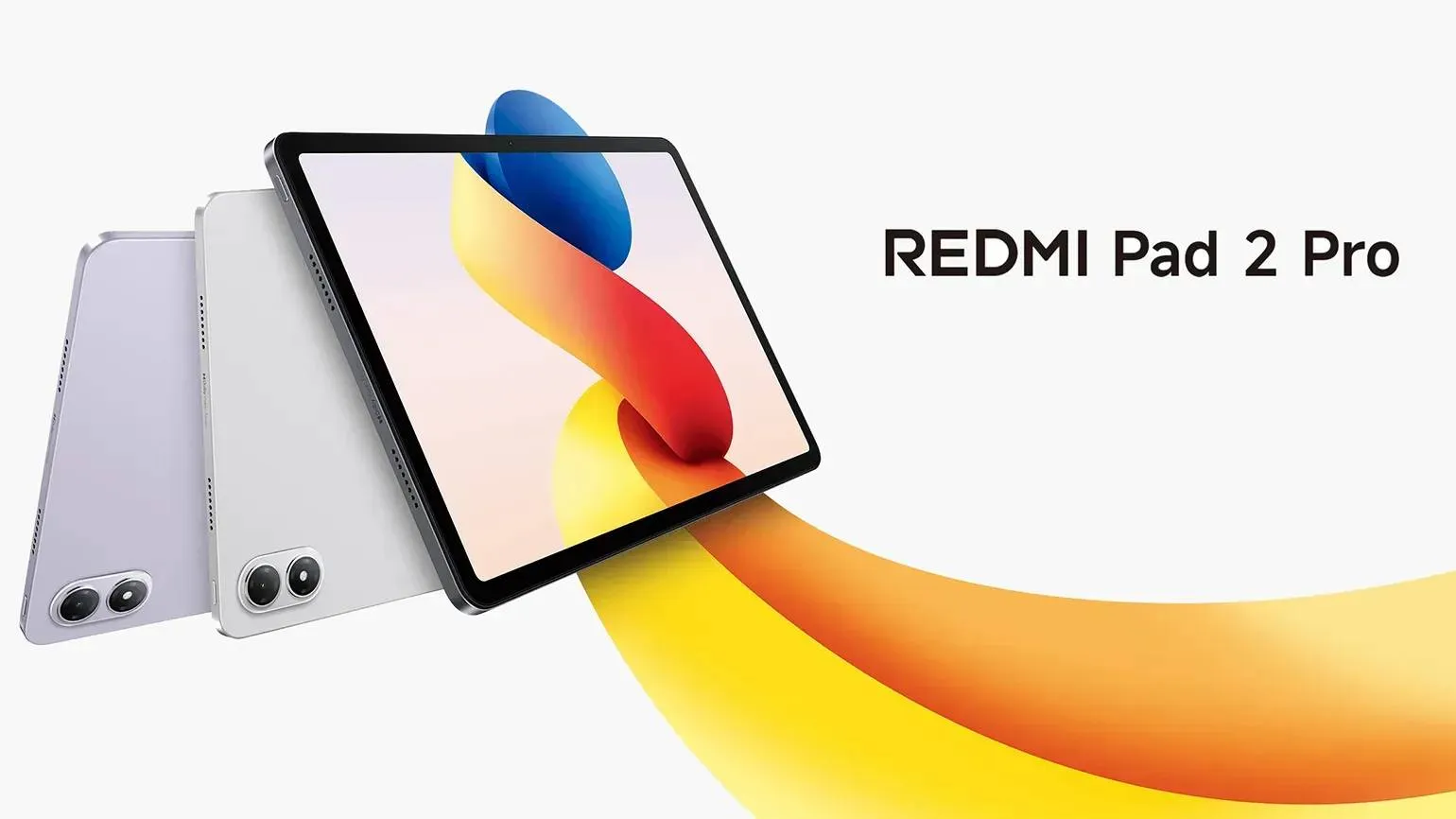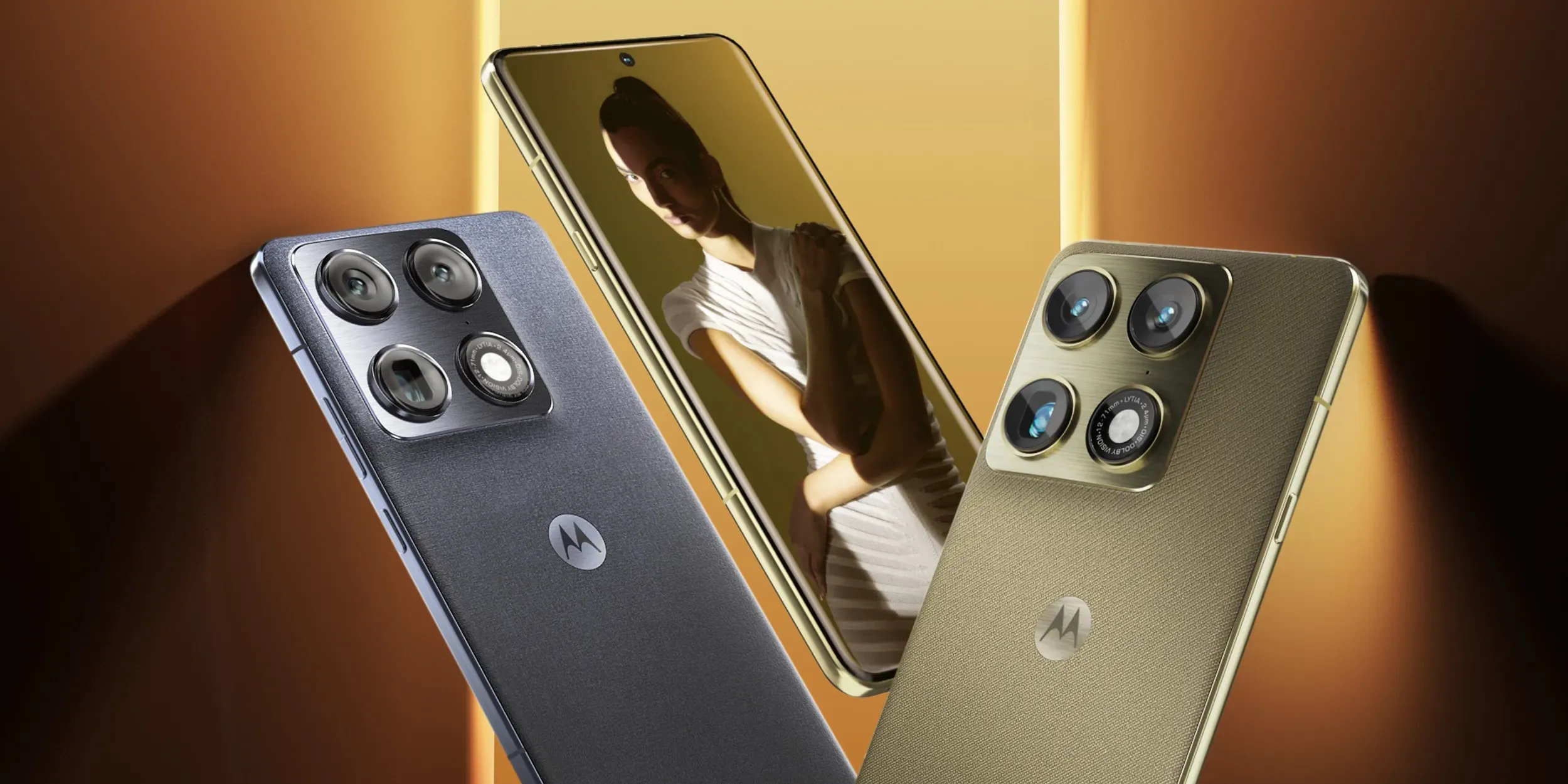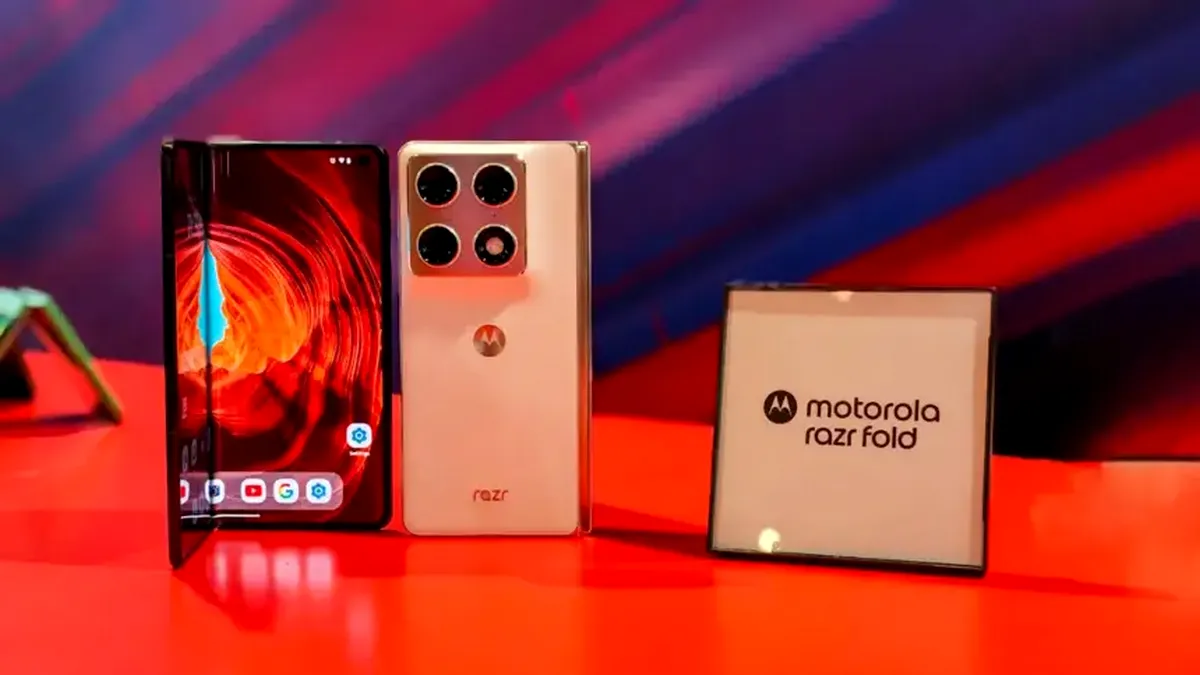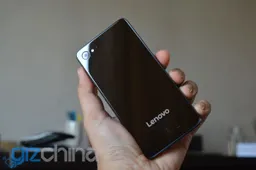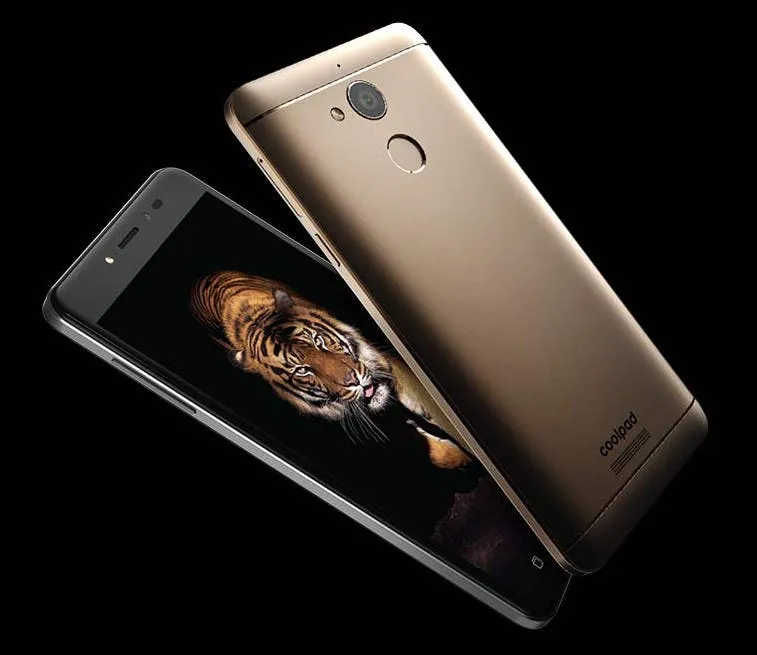
Coolpad have unveiled their newest in the Coolpad Note 5, a phone that's designed to take on the like of the Redmi Note 3, et al. The Coolpad Note 5 costs only 10,999 INR or $165, and despite that features some high-end internals... including 4GB of RAM.
The phone is powered by the Snapdragon 617 processor, the same SoC that powered the Coolpad Max. With that, it has 4GB of RAM, making it, as per our knowledge, the cheapest 4GB RAM phone in the market as of now. It's a shame it's only on sale in India so far.
Other specs of the phone include a 5.5-inch 1920 x 1080p display, a 13 mega-pixel rear camera, 8 mega-pixel front facing camera, a 4010mAh battery, 32GB on-board ROM (with microSD slot) and an installation of Android 6.0 (with Cool 8 UI on top).
Coolpad Note 5 Specifications
- 5.5-inch 1920 x 1080p display
- Snapdragon 617 processor
- 4GB RAM
- 32GB ROM
- 4010mAh battery
- 13 mega-pixel rear camera
- 8 mega-pixel front camera
- Android 6.0 based Cool 8 UI

The phone comes with the same old design that we've been seeing since the launch of the Meizu MX5. Not sure if companies are afraid to experiment, but the mid-range market is soon going to get bored of this design.
Loading

